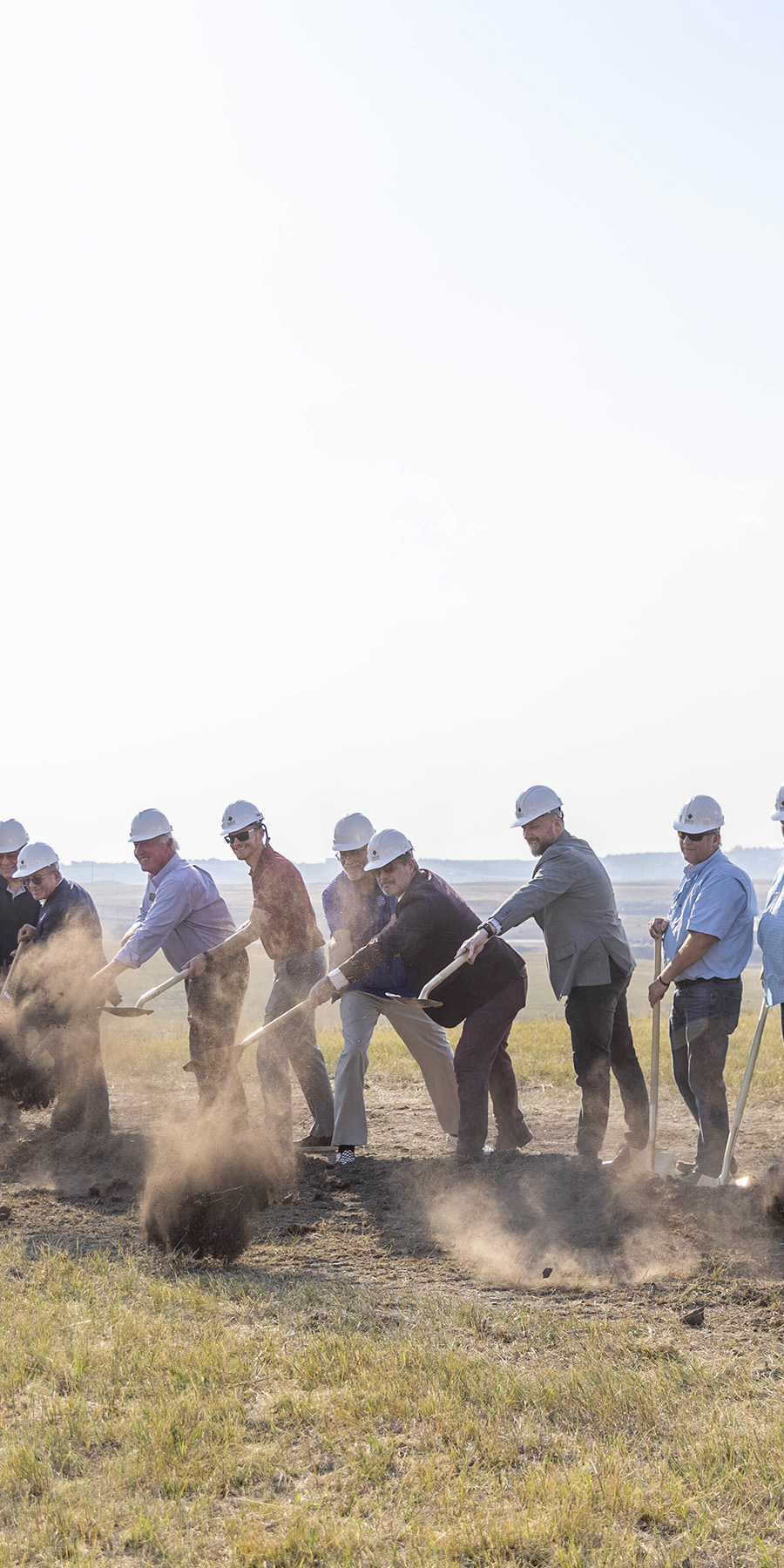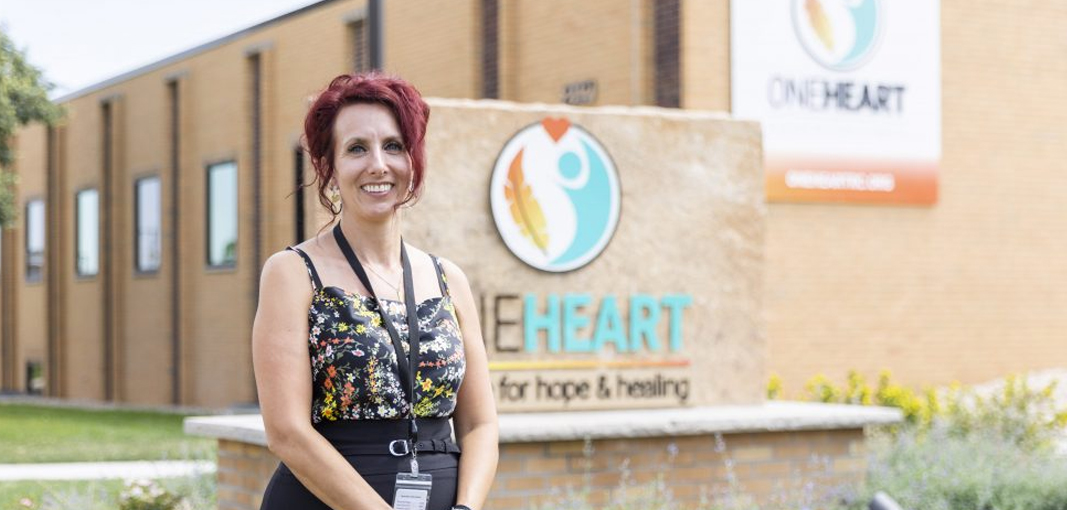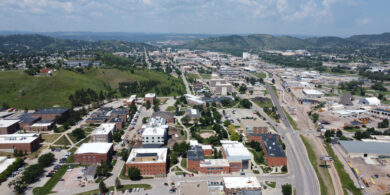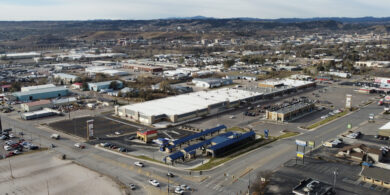How OneHeart’s Unprecedented Approach to Poverty Was Built
August 15, 2022A single mom found herself in an abusive relationship she needed to escape. Breaking out of abuse wasn’t her only monumental task, however. With only part-time employment and no savings account, her economic situation added an immense layer of complication. Providentially, a new program in Rapid City had just opened its doors. This woman not only received food and safe shelter for her and her child, but also counseling, childcare, and occupational therapy for her child. After a few months, she left the program with her own place to live, a full-time job, a new daycare provider, and her first ever savings account.
This is one of several success stories of OneHeart, a “transformation campus” in Rapid City which started in January of 2021 as a new method of elevating people out of poverty. OneHeart provides for basic needs like shelter, food, transportation, utilities, and even childcare (operated by the YMCA) and WIFI, and works with adults to help them start or finish schooling and become employed and thriving members of the community. It’s what Executive Director Charity Doyle describes as “a college campus for getting out of poverty.”
Charity’s career path has been anything but linear since attending South Dakota Mines and the University of Minnesota and earning a civil engineering degree. She began working in water resources engineering and then switched to marketing. She was a career and business coach for some time and then later went on to serve on Rapid City’s City Council for six years. After finishing her term on the council, Charity put a lot of thought into what she would do next. Following discussions with then police chief Steve Allender and a trip to Texas to visit the Haven for Hope campus, Charity began to form the concept for OneHeart.
“I have lived the experience of this demographic,” said Charity. “I took advantage of some opportunities that came my way and being a first-generation college graduate just totally changed the trajectory of my life.
“I knew this needed to be something different. Our goal was not housing, it was upward mobility, permanent stability, breaking the crisis of poverty, reunifying families, providing a space for healing, and establishing more viable employees. We’re talking about the long game.”
After considering a less than ideal space (a warehouse-like building in a flood plain), Charity reached out to local developer Hani Shafai, president of Dream Design International, Inc. In August of 2017, the two met at Orchard Meadows where Charity explained the project. Though he had intended to show her some property options in Orchard Meadows, Charity’s explanation sparked a different idea.
Hani and Charity drove into town, where Hani showed her four acres he owned on Kansas City Street that once belonged to National American University. He had converted the former student dorms into micro-apartments already, and two facilities on the next city block could be redesigned and renovated to co-locate provider partners.
“Inside, I’m doing cartwheels,” Charity said. “I’m thinking, “‘This is it. This is it!’”
Three months later, Dream Design and OneHeart began the work of transforming the former college campus into a campus for hope and healing. As a believer in what Charity and her team were working toward, Hani pledged to donate $1 million to help OneHeart in its first years. He also became a vocal proponent for the project which some in the community had deemed controversial.
“Hani could see the vision from very early on. People would approach him and tell him not to sell the property for the project. He started carrying around a PowerPoint presentation that he created on his own, and he would pitch my project,” said Charity.
After years of persistence in planning, building, and advocating, OneHeart opened its doors in January of 2021. The campus includes separate residence halls for families, women, and men; a gym; a coffee shop; and space for partner agencies that offer services like childcare and counseling. The design of the campus is based upon OneHeart’s primary demographics: Nearly 70% of “guests” – a term OneHeart uses as opposed to “clients” – have been victimized, 54% are children, and more than half are Native American. OneHeart has a talking circle room, sweat lodge, and Native American design elements and art.
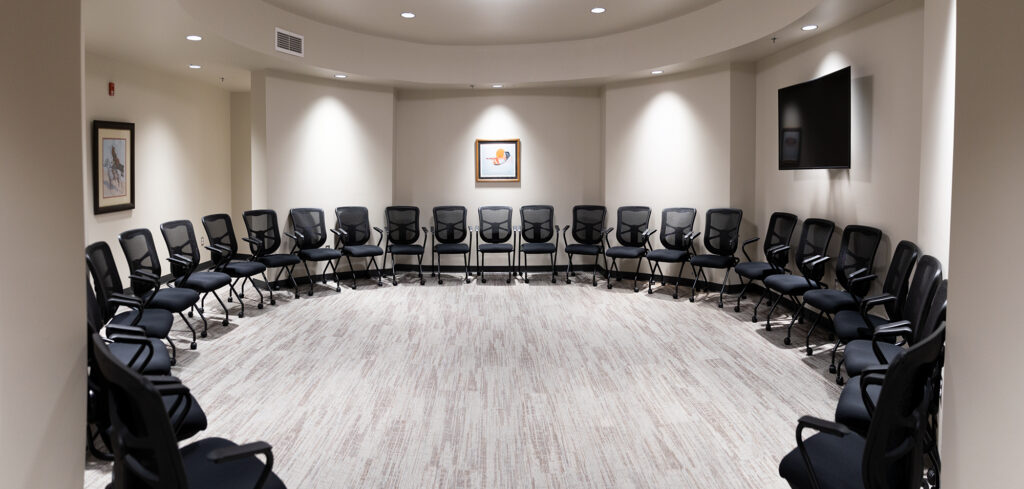
The talking circle room at OneHeart
This summer, Hani completed his commitment to give $1 million in the form of gifts of $333,333 over three years. Charity describes his donation and the generosity of others in the community as “huge,” “profound,” and “heartfelt.”
“People like Hani understood the vision, they knew we had to do something different. Was this a gamble? Sure. Could it have failed? Sure. Might it still fail? Maybe, but I don’t think so.”

